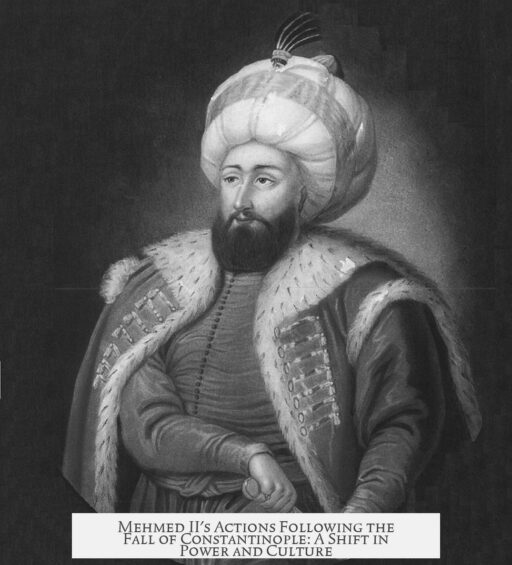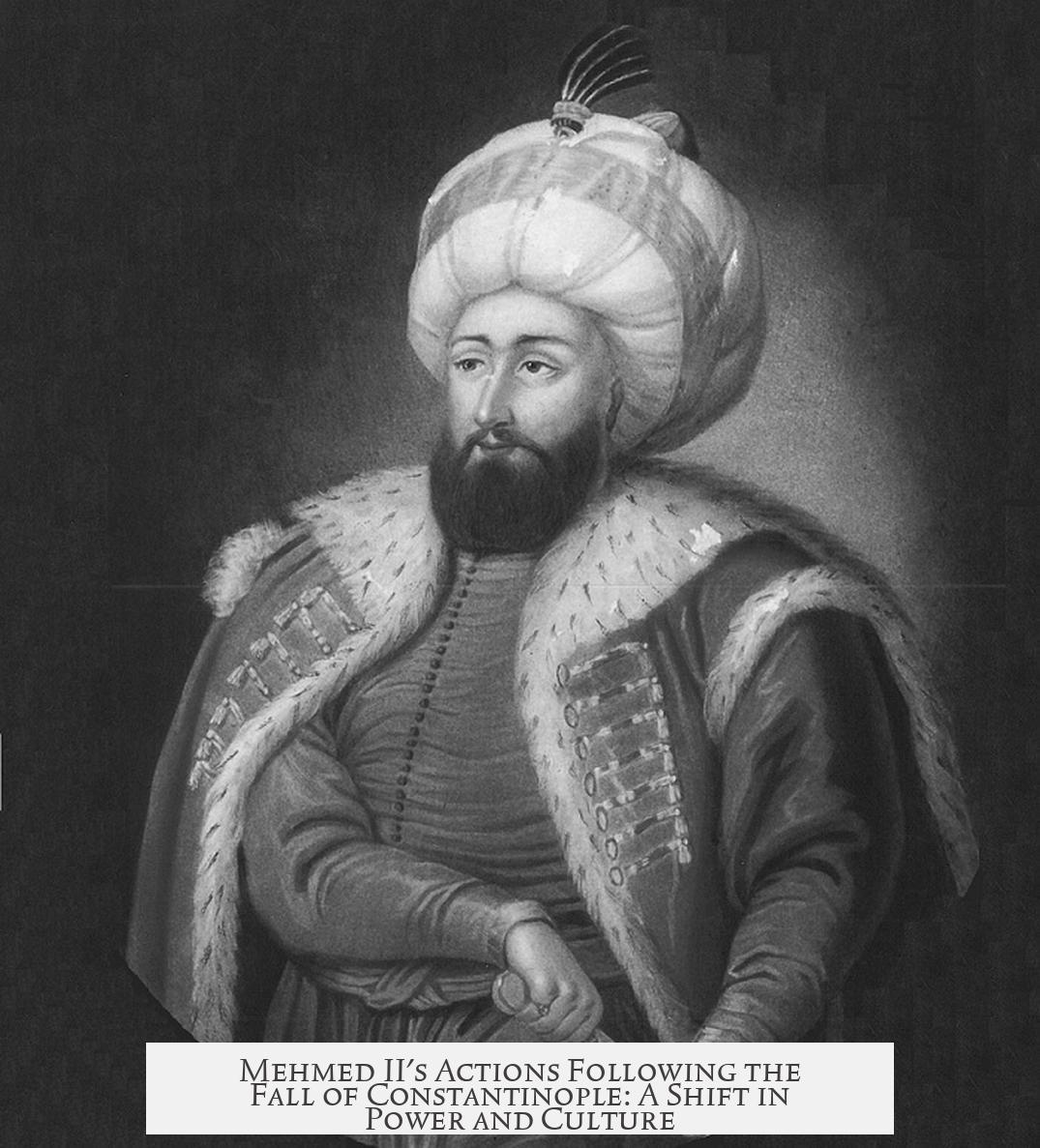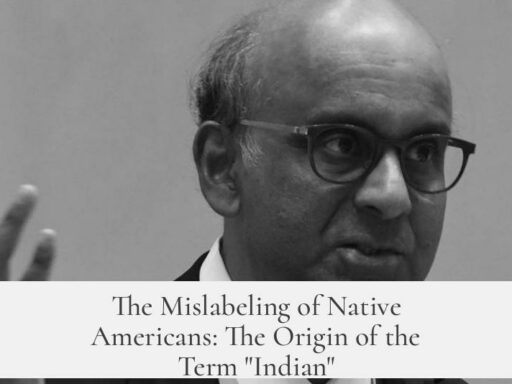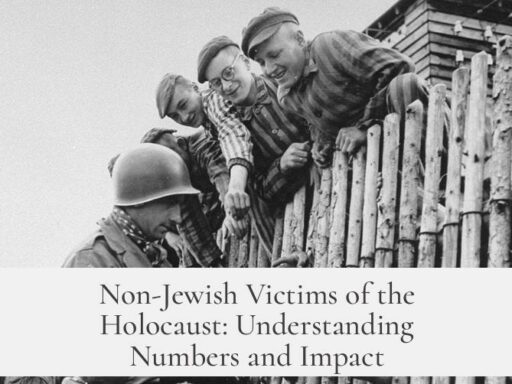After the fall of Constantinople, Mehmed II took immediate, bold actions to consolidate his victory and control over the city. He rode down the main street, the Mese, toward key landmarks like the Augousteion and Hagia Sophia. Witnessing the destruction wrought by his troops, Mehmed expressed sorrow over the devastation.
Upon reaching Hagia Sophia, he dismounted, displayed humility by sprinkling dust on his turban, and entered the cathedral. There, he instructed a muezzin to call out Islam’s declaration of faith, marking the transition from Byzantine Christian to Ottoman Muslim control.
Mehmed halted the massacre inside the cathedral, sparing those who had taken refuge there, but the survivors were subsequently enslaved. His troops were allowed to plunder the city for three days, adhering to Islamic law for cities taken by force after resistance.
On the third day, June 1, 1453, Hagia Sophia was officially converted into a mosque. This was a symbolic act cementing the Ottoman conquest and marking a significant religious and cultural shift in Constantinople.
Mehmed also dealt firmly with notable prisoners. Loukas Notaras, a wealthy Greek noble, was initially placed under house arrest. Mehmed reproached him for failing to use his influence to avoid war. However, just days later on June 3, Mehmed ordered the execution of Notaras, his son, and son-in-law. This action likely aimed to prevent them from rallying any further Greek resistance since the Byzantine emperor had died.
- Mehmed II rode through the devastated city, showing both pride and sorrow.
- He converted Hagia Sophia into a mosque on June 1, 1453.
- The massacre ended inside Hagia Sophia; survivors were enslaved.
- Troops pillaged Constantinople for three days per Islamic custom.
- High-profile prisoners, like Loukas Notaras, were executed to prevent rebellion.
After the Fall of Constantinople: What Did Mehmed II Do in the Days After?
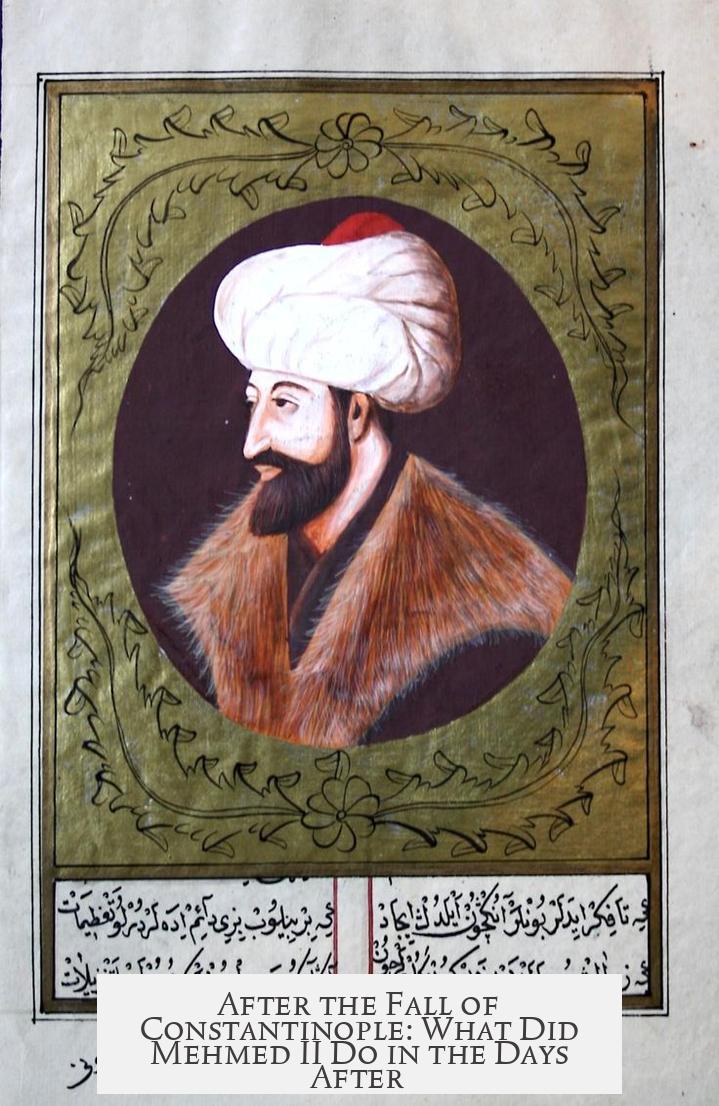
Mehmed II’s first days in Constantinople reveal a striking mix of power, reflection, and practical governance. He didn’t merely triumph and parade around like a conqueror in a movie. No, his actions speak volumes about his leadership, his understanding of religion, and his tactical mind when taking charge of a devastated, once-grand city.
Let’s dive into the dramatic moments right after the fall and explore what Mehmed II did when the dust settled, the battle cries faded, and the survivors emerged.
The Sobering Entry: A City Left in Ruins
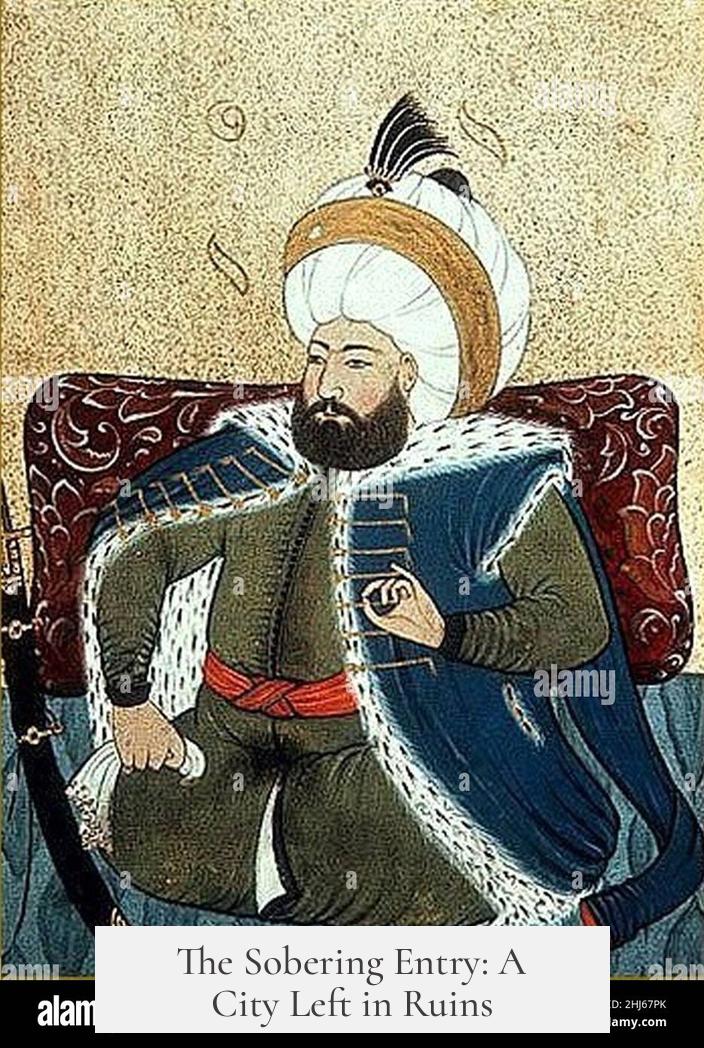
Mehmed rides into Constantinople like any victorious ruler might; however, he soon confronts a grim reality. As he follows the ancient Mese, the city’s main road, he sees harrowing scenes: piles of corpses, looted houses, and ruined churches. The devastation even stuns him. Sources say he sighed and murmured, “What a city we have given over to plundering and destruction!” This wasn’t just a boastful conqueror but a man aware of the city’s gravity.
When he reaches Hagia Sophia—the heart of Byzantium—Mehmed dismounts, lies face down, and sprinkles dust on his turban. This humble act shows his reverence for God as the ultimate victor, not merely his army’s might. He then orders a muezzin to preach Islamic faith from the cathedral’s pulpit, marking a symbolic turn as the city switches from Byzantine Christian to Ottoman Muslim control.
Stopping the Bloodshed—But Not the Captivity
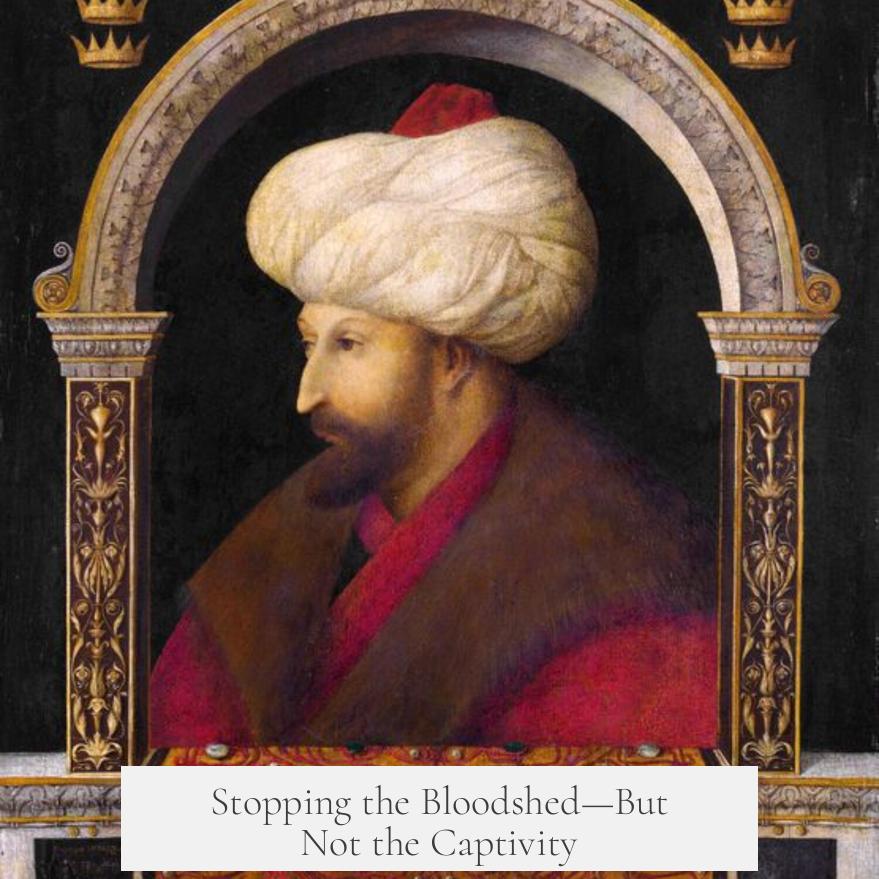
One might imagine a relentless massacre following such a monumental conquest, but Mehmed II exercises control. He stops the slaughter inside Hagia Sophia, sparing those who managed to survive the siege’s chaos.
However, these survivors were not freed. Instead, Mehmed orders them taken captive and sold into slavery, reflecting the harsh realities of the era. This dual approach—halting unnecessary killing but allowing enslavement—demonstrates a grim balance between mercy and ruthlessness.
The Three-Day Pillage: A Custom of War

Mehmed allowed his soldiers to loot the city for exactly three days. This was not an act of wanton destruction but a calculated observation of Islamic wartime law concerning cities that resisted siege. Letting troops pillage in this window helped satisfy them and maintained order after the law’s deadline.
This accepted practice of the time also served as a grim warning to future cities resisting Ottoman rule. Efficiency and discipline combined—after three days, the pillaging stopped, and Mehmed began the task of rebuilding and ruling.
Transforming Hagia Sophia: From Cathedral to Mosque
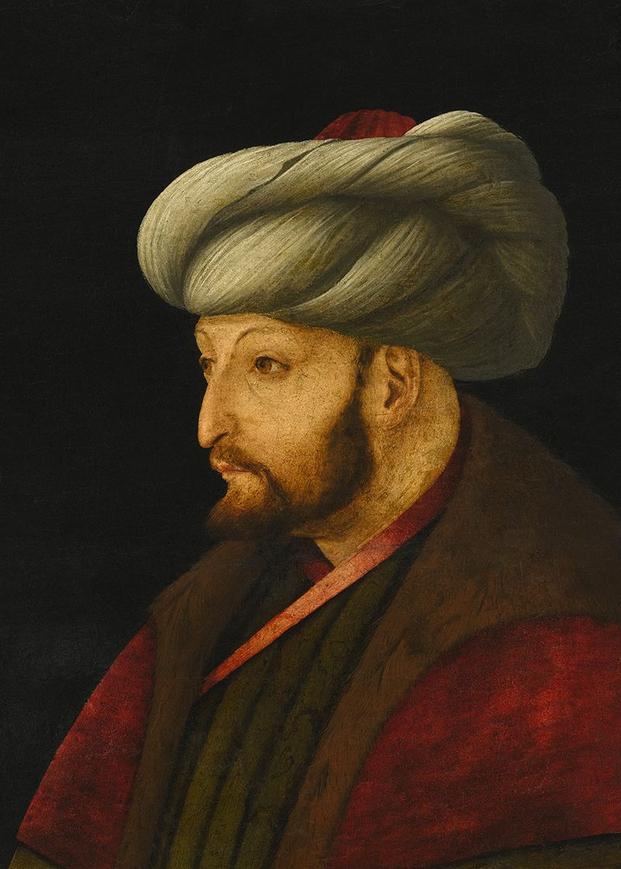
On Friday, June 1, just days after the city’s fall, Hagia Sophia was officially converted into a mosque. This transformation symbolized Ottoman authority and faith. The conversion sent a clear message to the world that Constantinople—long a Christian stronghold—was now under Islamic governance.
The mosque not only became a symbol of conquest but also a center for the city’s spiritual and civic life under the new regime.
Handling Prisoners: Power Moves and Political Calculations
Mehmed’s justice wasn’t merely about conquest—it was also about controlling any future resistance.
- One notable prisoner, Loukas Notaras, a wealthy nobleman, was initially placed under house arrest. Mehmed scolds him for failing to use his influence to prevent war, showing the conqueror’s sharp awareness of political dynamics.
- Just days later, on June 3, Mehmed orders the execution of Notaras, his son, and his son-in-law. The official reason might have been suspicion and danger they posed in potentially leading opposition. However, eliminating notable figures was a practical move to quash remaining power and quell unrest.
This blend of personal confrontation and strategic elimination underscores Mehmed’s blend of ruthlessness and pragmatism.
Why Do These Actions Matter?
Mehmed II’s initial days after Constantinople’s fall reveal more than just brute force. His moments of humility, adherence to law, religious symbolism, and political calculation all played crucial roles in how the city transitioned from Byzantine rule to Ottoman control.
Think about it: would a simple pillage-and-run conqueror have built an empire lasting centuries?
His approach helped establish stability in a city shattered by war, securing Ottoman dominance—a dominance that marked a new era for Europe and Asia.
What Can We Learn Today?
Leaders and students of history can extract valuable lessons here. Mehmed’s leadership exemplifies the importance of balancing power with prudence.
- He recognizes the cost of war—both human and cultural—and shows personal sorrow, indicating emotional intelligence.
- He respects established laws and customs, preserving order in chaos.
- He uses symbolism (like the conversion of Hagia Sophia) to consolidate power and communicate authority effectively.
- He deals decisively with threats, removing obstacles efficiently and ensuring security.
So next time you think about conquest and leadership, remember Mehmed in those critical days: more than just a conqueror, he was a shrewd leader who knew how to secure a legacy beyond the battlefield.
“What a city we have given over to plundering and destruction!” — Mehmed II, reflecting on Constantinople’s ruins upon his entry.
Ever wonder how modern city planners cope with rebuilding after devastation? Mehmed’s blend of respect for a city’s past and practical governance provides an intriguing early example.
The fall of Constantinople was not the end but a new beginning—crafted in just days by a leader with vision.
